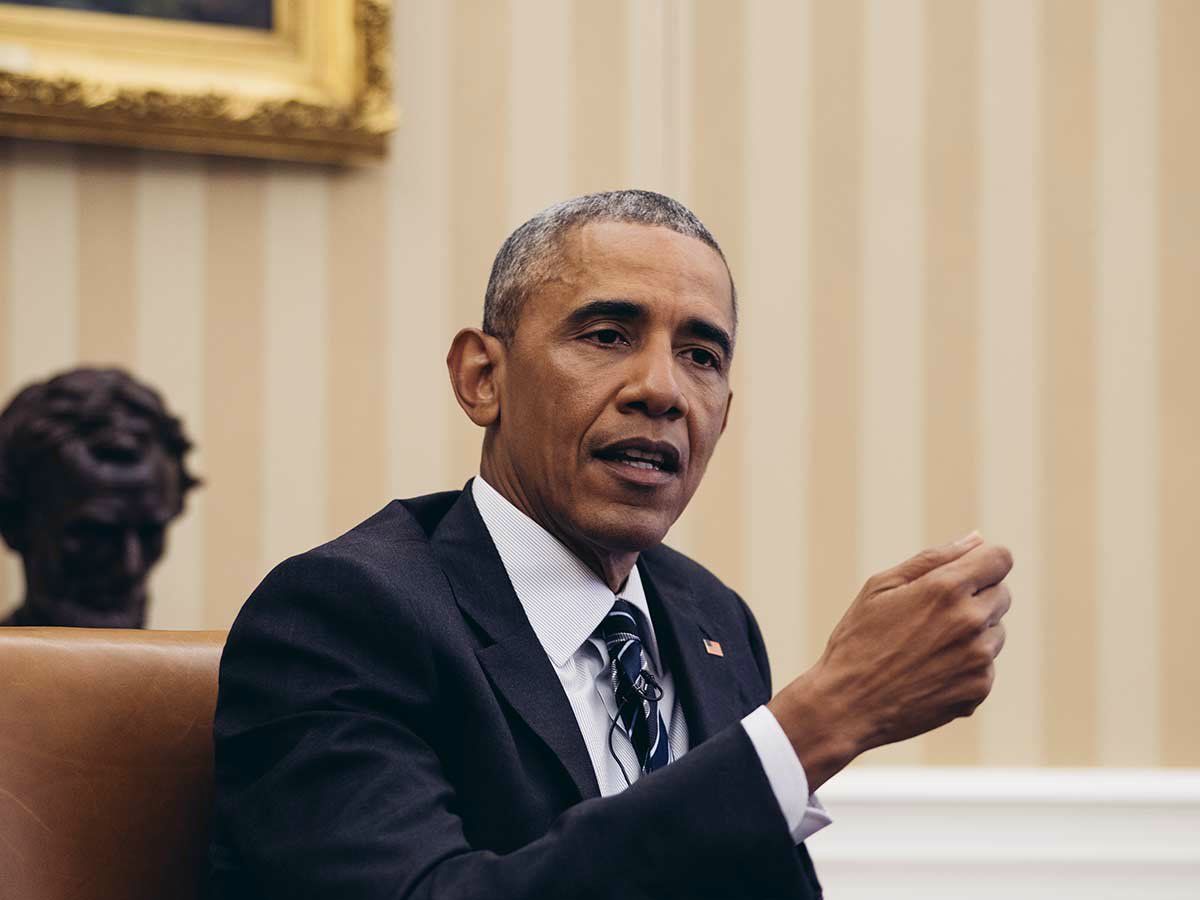Have you ever settled in for a horror movie, gripping the edge of your seat, only to be overtaken by the chilling presence of a captivating villain? Iconic figures in horror, such as Michael Myers and Freddy Krueger, have crept into our lives and shaped our perceptions of terror. But what is it about these characters that pulls us in, despite the fear they evoke? These antagonists are more than just monstrous shapes lurking in the shadows; they reflect our deepest anxieties, wielding a unique power that resonates profoundly with our collective psyche.
When I was a child, I remember peeking through my fingers while watching “A Nightmare on Elm Street.” Freddy was unlike any character I had encountered before—his one-liners, twisted sense of humor, and terrifying ability to invade dreams made my heart race. Over the years, I’ve come to understand that these villains serve a vital purpose in storytelling; they teach us about courage, the importance of facing our fears, and the timeless battle between good and evil. We’re always looking to add value to your learning experience. For this reason, we suggest exploring this external site containing more details on the topic. Click the up coming web page, explore and learn more!
Transforming Societal Fears into Art
The horror genre often mirrors the societal issues and cultural anxieties of its time. Take, for example, Jason Voorhees. His story delves into our fears surrounding childhood trauma and isolation, his relentless pursuit serving as a haunting reminder of how vulnerability lurks even in familiar spaces like Camp Crystal Lake.
Then there’s Dracula, a character born from folklore who has evolved to reflect our modern obsessions. His insatiable thirst for blood serves as a stark metaphor for our fixation with youth and immortality, transforming him into a complex symbol of our deepest desires and fears. Engaging with these artistic expressions allows us to confront anxieties we might otherwise avoid. It’s fascinating how a monstrous figure can encapsulate the essence of our cultural concerns!
The Psychological Effect of Fear
So why do we find ourselves returning to these films, often re-watching the same spine-chilling scenes? There’s an undeniable psychological allure to fear; it channels our adrenaline and provides clarity amidst chaos. Experiencing horror can offer an emotionally safe space, allowing us to process our innermost fears without real-world consequences.
From personal experience, I’ve found horror films to be almost therapeutic. They enable me to explore fear from a safe distance. After watching “The Shining,” I often reflect on the fragile line between sanity and madness. Jack Torrance’s descent into chaos resonates with my own struggles related to mental health, sparking conversations about stigma and understanding. Isn’t it intriguing how horror can open doors for discussions about topics we usually shy away from?
Cultural Evolution Through Villainy
Over the decades, horror movie villains have evolved in tandem with cultural shifts. Take the female horror villain, such as Samara from “The Ring,” who introduces themes of female rage and the complexities of motherhood. This evolution reflects a growing recognition of women’s narratives in society. By re-examining these characters, we can appreciate their depth; they are not merely clichés but representations of real societal struggles and triumphs.
I vividly recall the moment I first saw “Carrie.” Carrie White’s heartbreaking story of bullying and revenge resonated deeply with me, serving as a poignant reminder of how societal pressures can push individuals toward tragic ends. This shift in storytelling showcases the resilience of horror, adapting to give voice to the marginalized and challenging the status quo. How can we continue fostering this dialogue in modern horror?
Lessons Learned from the Dark Side
Ultimately, what can we take away from these iconic horror movie villains? They teach us about perseverance, resilience, and the necessity of confronting our fears. Facing many personal challenges throughout my life, I often find motivation in these tales of struggle. While the villains may embody darkness, the heroes within these narratives illuminate hope and strength. We’re dedicated to providing a comprehensive learning experience. For this reason, we recommend exploring this external site containing extra and pertinent details on the topic. https://hellhorror.com https://hellhorror.com, learn more and expand your knowledge!
As you venture through the landscape of horror history, ask yourself: how have these characters shaped your own views on fear? Whether grappling with personal loss, anxiety, or societal challenges, horror villains act as mirrors reflecting our realities, inviting us to confront and engage with discomfort. Together, let’s celebrate the artistry behind these complex figures while acknowledging their power to inspire deep introspection.
To learn more, check out the related posts we suggest to supplement your research:


